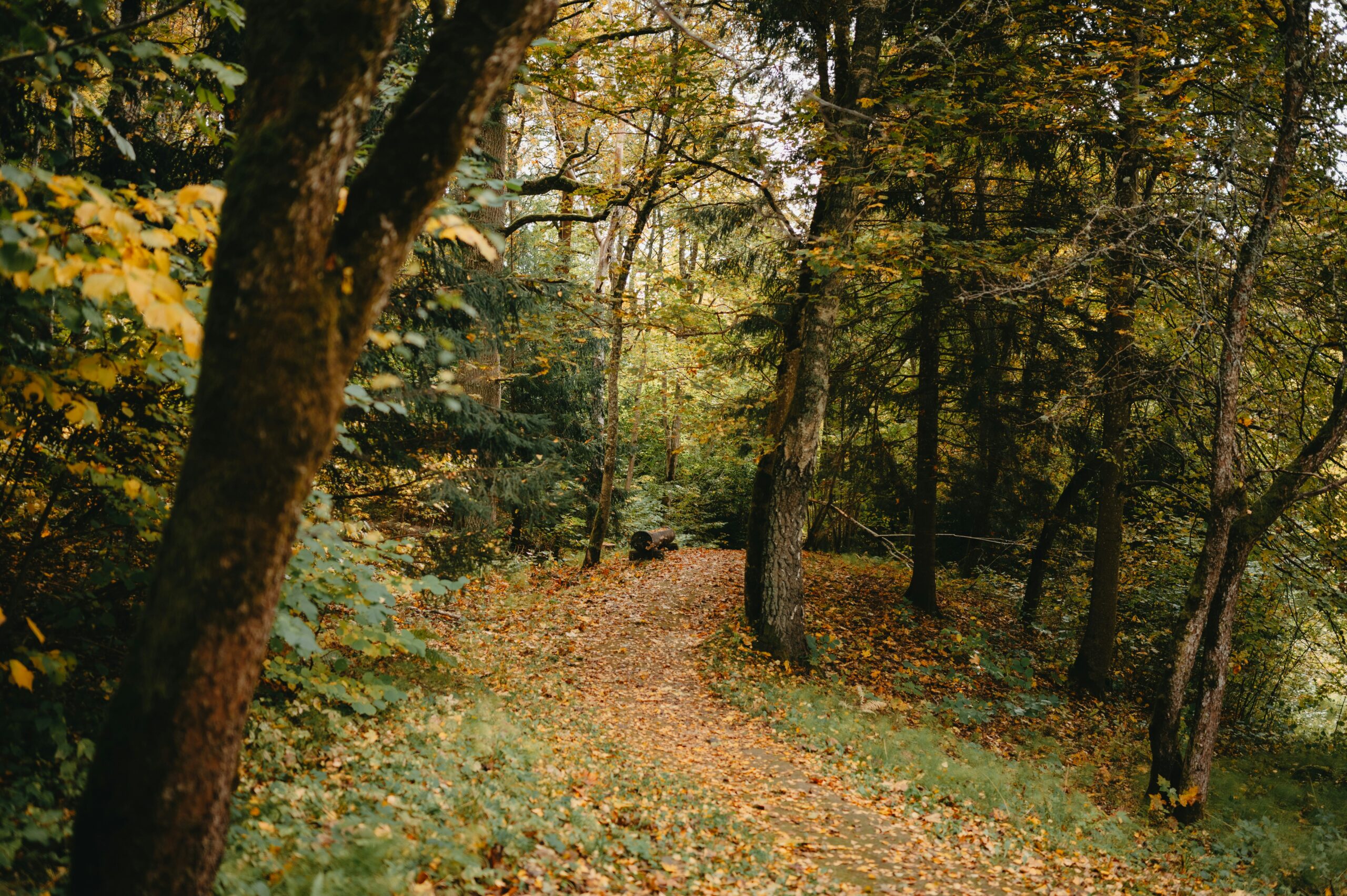
As urban areas expand, the challenge of balancing human development with wildlife preservation becomes more urgent. Fragmented habitats significantly threaten biodiversity, making it harder for species to find food, shelter, and mates. Wildlife corridors connecting isolated natural habitats are critical for addressing this issue.
By incorporating wildlife corridors into urban planning, cities can support biodiversity, enhance ecosystem health, and improve the quality of life for residents. Urban planning that considers human and animal needs is essential for creating sustainable cities that thrive alongside nature.
A Necessity for Urban Biodiversity
Wildlife corridors in cities are vital for maintaining ecological balance. These corridors allow animals to move safely between fragmented habitats, ensuring they can access the resources necessary for survival. Wildlife becomes isolated in smaller, disconnected areas when urban development destroys natural habitats. This isolation can decrease genetic diversity, making species more vulnerable to diseases and environmental changes.
By creating wildlife corridors, cities provide safe passageways for species to move between green spaces, preventing the adverse effects of habitat fragmentation. For example, birds, mammals, and amphibians rely on these corridors to migrate, forage for food, or find mates. Wildlife corridors connect parks, wetlands, rivers, and even green roofs in urban areas, allowing species to thrive and maintain their populations. These corridors also provide essential ecosystem services such as pollination, seed dispersal, and pest control, benefiting wildlife and humans.
Incorporating Green Infrastructure for Better Connectivity
Green infrastructure plays a key role in supporting urban environments. Green infrastructure includes parks, green roofs, tree-lined streets, and urban forests that function as both habitats for wildlife and spaces for human recreation. By integrating green infrastructure into urban planning, cities can create continuous corridors that connect fragmented habitats, allowing wildlife to move freely and safely.
Urban planners can design green spaces that are strategically connected to form a network of wildlife corridors. For instance, linear parks, which follow natural features like rivers or railway tracks, can connect larger parks and nature reserves. Greenways, or continuous vegetation corridors, can also serve as wildlife pathways. By incorporating native plants, trees, and shrubs into these spaces, cities can create environments that attract and sustain local wildlife, such as pollinators, birds, and small mammals. Green infrastructure supports wildlife, improves air quality, mitigates heat island effects, and enhances the city’s aesthetic.
Building Wildlife-Friendly Infrastructure
As urban areas expand, infrastructure projects such as roads, highways, and buildings often disrupt wildlife movement. However, there are ways to design infrastructure that minimizes its impact on wildlife. Wildlife-friendly infrastructure, including wildlife bridges, tunnels, and overpasses, can help animals safely cross busy roads and highways, reconnecting fragmented habitats.
Wildlife crossings are essential for preventing wildlife-vehicle collisions, which can be fatal for animals and humans. By integrating wildlife crossings into road planning, cities can help ensure that animals can move across urban landscapes without risking their lives. In addition to overpasses and tunnels, planners can incorporate features such as fencing or barriers along roads to guide animals toward designated crossing points. These crossings can be designed to blend seamlessly with the surrounding environment, with natural vegetation and materials that encourage wildlife to use them.
The Role of Community Engagement in Wildlife Corridor Design
Successful wildlife corridors are not only the result of top-down planning but also require community engagement and support. Involving local communities in designing and implementing these spaces can help ensure that they meet the needs of both wildlife and people. Public awareness campaigns can educate residents about the benefits of wildlife corridors and encourage them to participate in conservation efforts.
Community-driven initiatives, such as local tree-planting projects or the creation of neighborhood wildlife gardens, can also support the development of wildlife corridors in urban areas. By working together, residents, environmental organizations, and local governments can help ensure that cities are designed to prioritize biodiversity and wildlife movement. Community involvement also fosters a sense of stewardship, encouraging people to protect the natural spaces surrounding them actively.
Policy and Legislation Supporting Wildlife Corridors
Supportive policies and legislation are essential for successfully integrating wildlife corridors into urban planning. Governments must prioritize creating and protecting through zoning laws, land use policies, and conservation programs. Policies incentivizing the development of green infrastructure and preserving natural habitats are critical for ensuring that wildlife corridors are maintained in the long term.
Urban planners can work with local authorities to incorporate wildlife corridors into urban master plans, ensuring that new developments and infrastructure projects consider the needs of wildlife. Additionally, governments can provide funding and support for habitat restoration and corridor creation, helping to restore ecological connectivity in cities that have been heavily impacted by urbanization. Public policies that protect wildlife corridors can also regulate activities such as construction, logging, and mining, preventing further fragmentation of critical habitats.